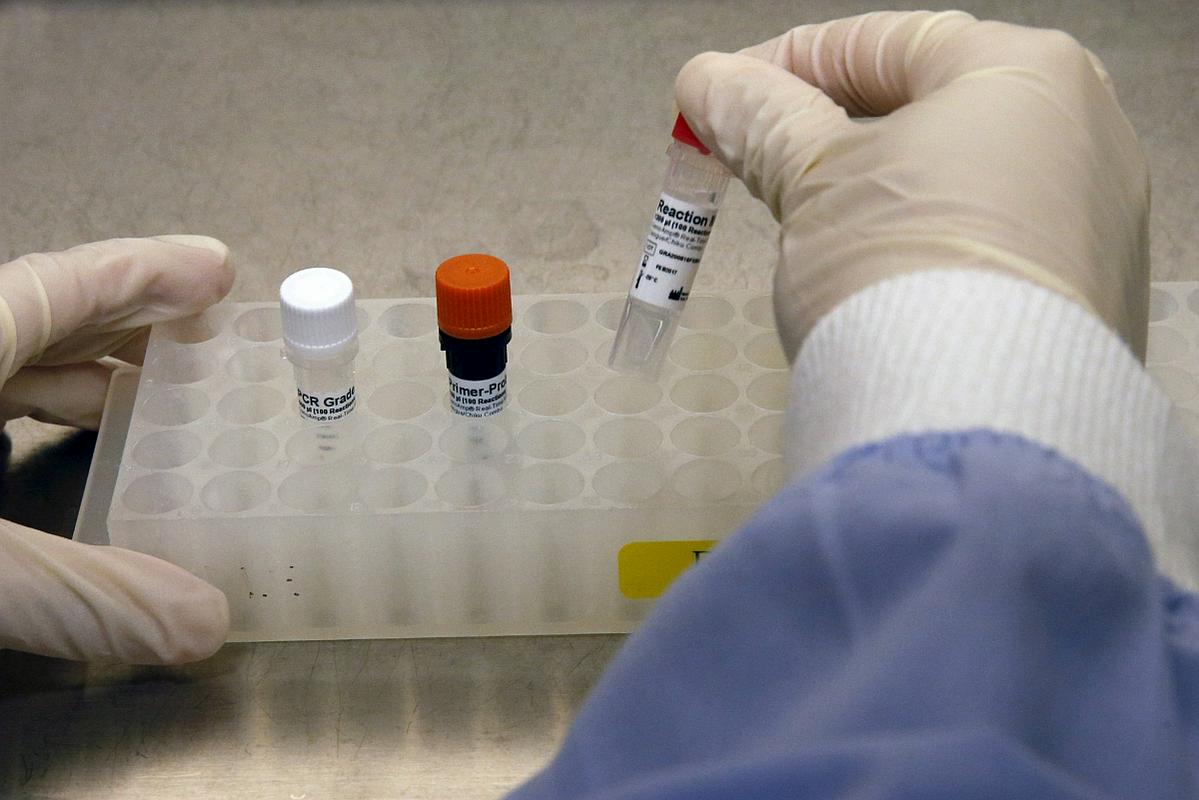The finding is one of the most significant discoveries, also researched by other distinguished institutes around the world. The results of the research have been published in the oldest, and at the same time most respected, medical journals in the world - the New England Journal of Medicine.
Up to now scientists have only suspected the spreading of the Zika virus from an infected mother to the brains of an unborn baby, leading to permanent brain damage and microcephaly. Now it has been proven.
The research conducted by the Medical Faculty of the University of Ljubljana and the UKC Ljubljana University Medical Centre was based on a case of a previously healthy European female who became pregnant while residing and working in Brazil. Towards the end of her first trimester of pregnancy she caught a fever accompanied by a rash. According to the New Scientist website, the female in question is a Slovenian volunteer. When she returned to Slovenia in week 28 of her pregnancy an ultrasound showed severe brain damage to the fetus.
When doctors confirmed that the body of the fetus had stopped growing, discovered microcephaly and brain damage, the female requested that her pregnancy be terminated. The abortion was approved by the Ethics committee and the Pregnancy termination committee. A later autopsy of the fetus confirmed the severe structural damage of the brain. The brain was very small, there was calcified brain tissue and there were almost no folds that characterize the human brain. An electron microscopy revealed the spreading of the Zika virus in the brain. Zika was the only present virus in the brain and was found only in the brain tissue samples of the fetus.
The traces of the virus and its large concentration in the brain tissue samples of the fetus, the absence of any other possible disease agents, and the complete viral RNA sequencing are up to now the most convincing proof that the inborn damage to the central nervous system, linked to a Zika virus infection during pregnancy, is the result of the spreading of the virus in the brain of an unborn baby.
The research team was made up of ten female and four male researchers, headed by Tatjana Avšič Županc, Ph.D.


































































